Have you ever wondered why some cats seem to gravitate toward certain people, even those who barely acknowledge their presence? It’s a question that tugs at the heartstrings of every cat lover. The idea that our feline friends might bond with us for reasons that go beyond treats or head scratches is both surprising and fascinating. Could it be that cats are tuning into something deeper—our energy, rather than our direct attention? Let’s unravel the mysterious and enchanting ways that cats form attachments and discover whether it’s your vibes, not your voice, that truly matter to them.
The Mysterious Nature of Cat Attachments

Cats are famous for their independent personalities, often leaving people puzzled about how and why they form bonds. Unlike dogs, who openly seek attention and approval, cats can appear aloof or selective. This mysterious nature makes it even more intriguing to understand what draws a cat to a particular person. Sometimes, people who ignore cats find themselves followed or chosen as a cat’s favorite. This behavior raises questions about what truly influences a cat’s attachment. The mystery is deepened by stories of cats bonding with people who seem indifferent. Such experiences hint at something beyond simple affection or attention-seeking. Understanding the true nature of cat attachments means looking past the obvious and exploring the subtle signals that cats pick up on.
What Does “Energy” Mean in Cat Relationships?

When people talk about “energy” in the context of cat relationships, they often mean the emotional atmosphere or vibe someone gives off. This isn’t about magical forces, but rather the moods, attitudes, and feelings that people naturally project. Cats are keen observers and pick up on these subtle cues. For example, a calm person might attract a cat because the animal feels safe and relaxed around them. Conversely, someone who is anxious or agitated might find that cats keep their distance. Energy can also refer to the overall environment in a room—whether it feels peaceful or chaotic. In this way, cats may be responding more to how a person feels than how much attention they give.
Attention Versus Presence: What Do Cats Notice?

Many cat owners believe that giving their pet constant attention is the key to forming a strong bond. However, cats often seem to value presence more than direct interaction. Being quietly in the same room, sharing a calm moment, or simply existing together can mean a lot to a cat. In some cases, cats even prefer people who do not make a fuss over them. This suggests that cats might be more attuned to a person’s presence and emotional state than overt acts of attention. A person who is present but not overwhelming may provide the sense of security cats crave. It’s not always about the number of chin rubs or treats, but about the feeling of safety and comfort a person radiates.
How Cats Sense Human Emotions

Cats have an incredible ability to sense human emotions, sometimes even before we are aware of them ourselves. They pick up on body language, tone of voice, and facial expressions. A person who is sad or stressed might notice their cat coming closer, offering silent support. On the other hand, a tense or angry atmosphere can send a cat running for cover. This sensitivity suggests that cats are finely tuned to the emotional “energy” in their environment. It’s not uncommon for cats to comfort their humans during tough times. This connection goes beyond attention and speaks to the deep emotional bonds cats can form when they sense a person’s true feelings.
The Science Behind Feline Sensitivity

Recent studies have shown that cats are much more emotionally intelligent than once thought. Researchers have discovered that cats can distinguish between different human emotions by observing our faces and voices. They are able to recognize when their human is happy, sad, or angry, and will adjust their behavior accordingly. A calm, reassuring energy can make a cat feel more at ease, while negative emotions can cause stress or withdrawal. This scientific evidence supports the idea that cats are not just passive recipients of attention, but active participants in an emotional exchange. Their ability to read and respond to human emotions is a key part of how they form attachments.
Examples of Cats Choosing Their People

There are countless stories of cats choosing to bond with people who barely interact with them. Friends and family members who dislike cats often find themselves being followed or even sat upon by the very animals they try to ignore. This seemingly ironic behavior is a classic example of cats responding to energy rather than attention. Cats may sense that a person who is not actively seeking their affection is less threatening and more predictable. This allows the cat to approach on its own terms, which is something felines greatly value. These anecdotes highlight the unique ways cats form attachments that defy our expectations.
The Role of Routine and Familiarity

Cats are creatures of habit and are deeply comforted by routine and predictability. A person who maintains a calm and steady presence can be very appealing to a cat, even if they don’t engage much directly. The energy of someone who is consistent and unchanging can create a sense of security for a cat. Over time, this familiarity can turn into a deep attachment. Cats may choose to spend more time near people who make them feel safe, simply by being a consistent part of their environment. This kind of attachment is often subtle but incredibly strong.
Why Some Cats Avoid Overly Affectionate People
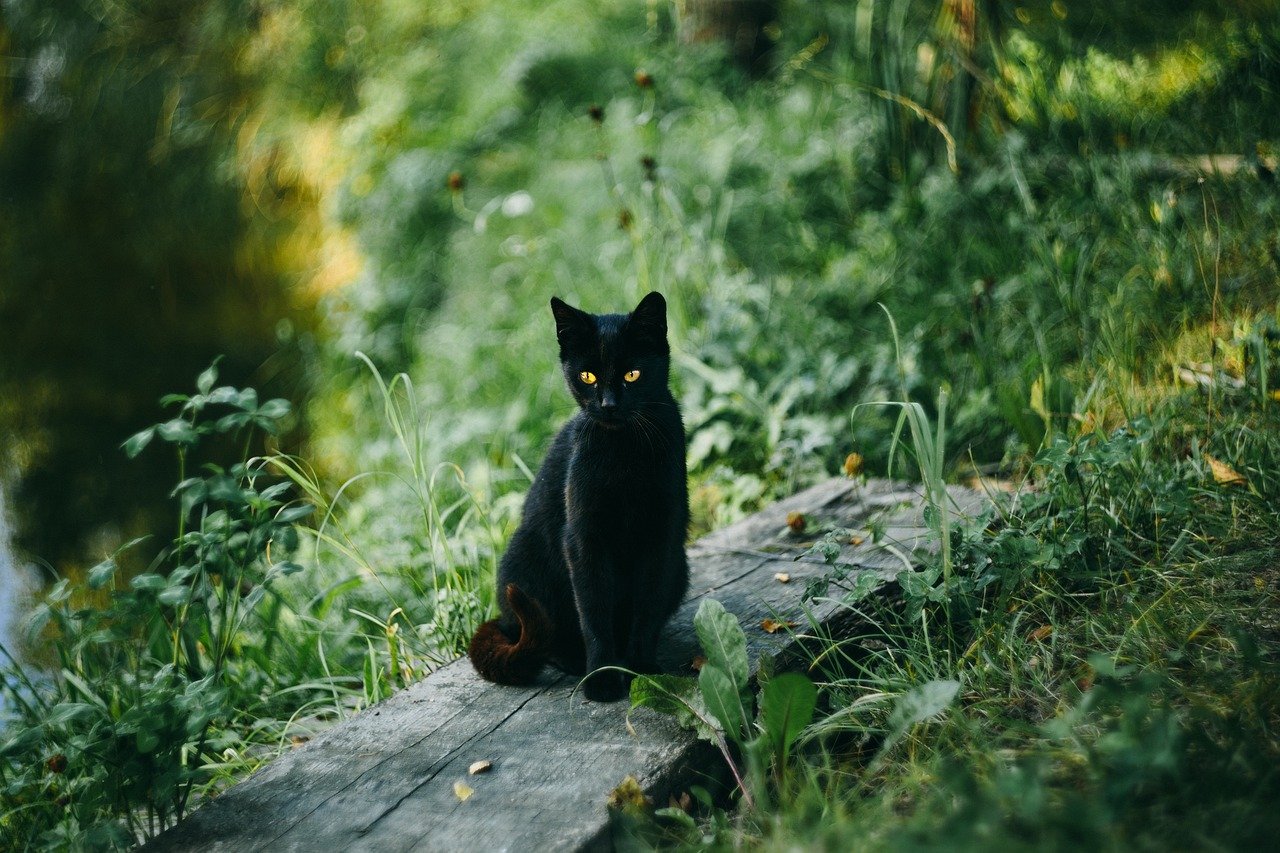
It can be surprising—and even a little hurtful—when a cat seems to avoid someone who showers them with attention. However, too much attention can feel overwhelming or intrusive to some cats. They may interpret constant petting or loud voices as signs of unpredictability or stress. In contrast, a person who is quiet and observant might seem more approachable. Cats appreciate the ability to approach people on their own terms, and they often reward those who respect their boundaries with trust and affection. This underlines the importance of understanding feline body language and respecting a cat’s space.
Body Language: Reading the Subtle Signs
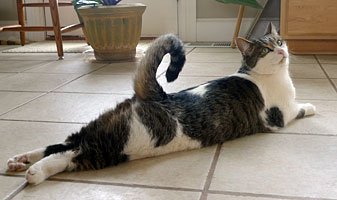
Cats communicate volumes through subtle body language. A slow blink, a relaxed tail, or gentle kneading are all signs of trust and contentment. They also observe human body language closely. Someone who moves slowly, avoids direct eye contact, or sits quietly is often seen as non-threatening. Cats pick up on these cues and adjust their behavior accordingly. Learning to read and respond to feline body language can help deepen the bond between human and cat. It’s a silent conversation, built on trust and mutual respect, that goes far beyond words or direct attention.
The Impact of Stress and Anxiety on Cat Bonds

Stress and anxiety in humans can have a noticeable impact on their relationships with cats. Cats are highly sensitive to changes in their environment and the moods of the people around them. A stressed or anxious person might inadvertently pass those feelings on to their cat, causing the animal to become withdrawn or agitated. Conversely, a calm and centered person can help soothe a nervous cat. Creating a peaceful environment and managing personal stress can have a positive effect on the bond between cat and owner. It’s a reminder that our own well-being is closely tied to the happiness of our feline companions.
Do Cats Prefer Introverts?

There’s a popular belief that cats are naturally drawn to introverts, and there may be some truth to it. Introverted people often give off a calm, quiet energy that makes cats feel at ease. They tend to give cats space and let them approach first, which is exactly what many felines prefer. While extroverts can certainly form strong bonds with cats, their louder and more active energy may be less appealing to shy or reserved animals. It’s not a hard rule, but personality compatibility between human and cat often plays a big role in the strength of their attachment.
Attachment Styles: Are Cats Like People?
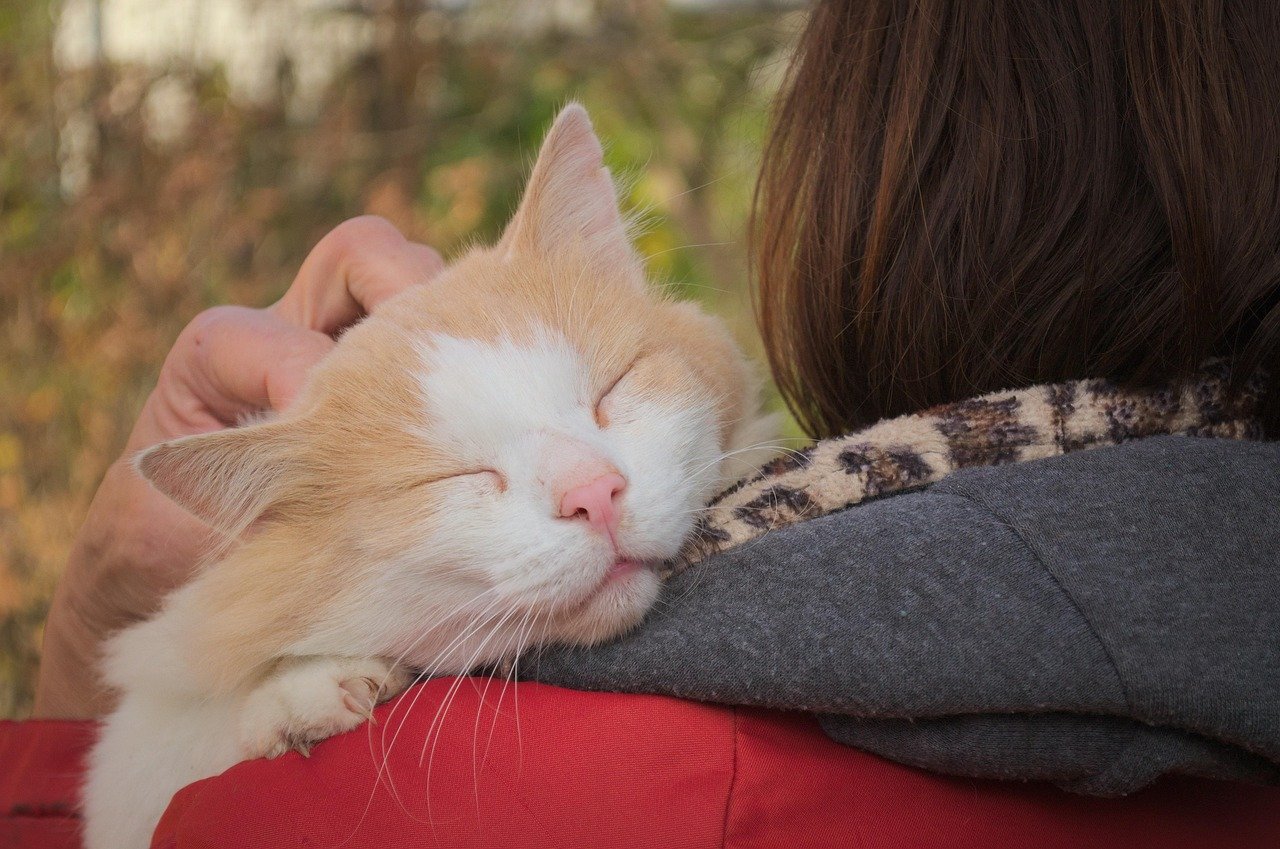
Just as humans have different attachment styles, so do cats. Some cats are naturally more independent, while others are clingy or needy. These differences can influence how they respond to various types of energy. A cat with a secure attachment may be more adaptable and open to affection, while an insecure cat might need more consistency and calmness. Understanding your cat’s unique attachment style can help you tailor your approach and create a stronger bond. It’s a fascinating parallel that shows how complex and individual feline relationships can be.
The Influence of Early Socialization

The experiences a cat has during its early weeks of life play a significant role in how it forms attachments later on. Kittens that are exposed to positive human interaction early on are often more confident and open to forming bonds with people. However, the energy and demeanor of those early caregivers can leave a lasting impression. Gentle, calm handling teaches kittens that humans are safe, while rough or unpredictable energy can make them wary. This early socialization shapes a cat’s preferences for the types of people they seek out as adults.
Feline Empathy: Do Cats Care About Our Feelings?
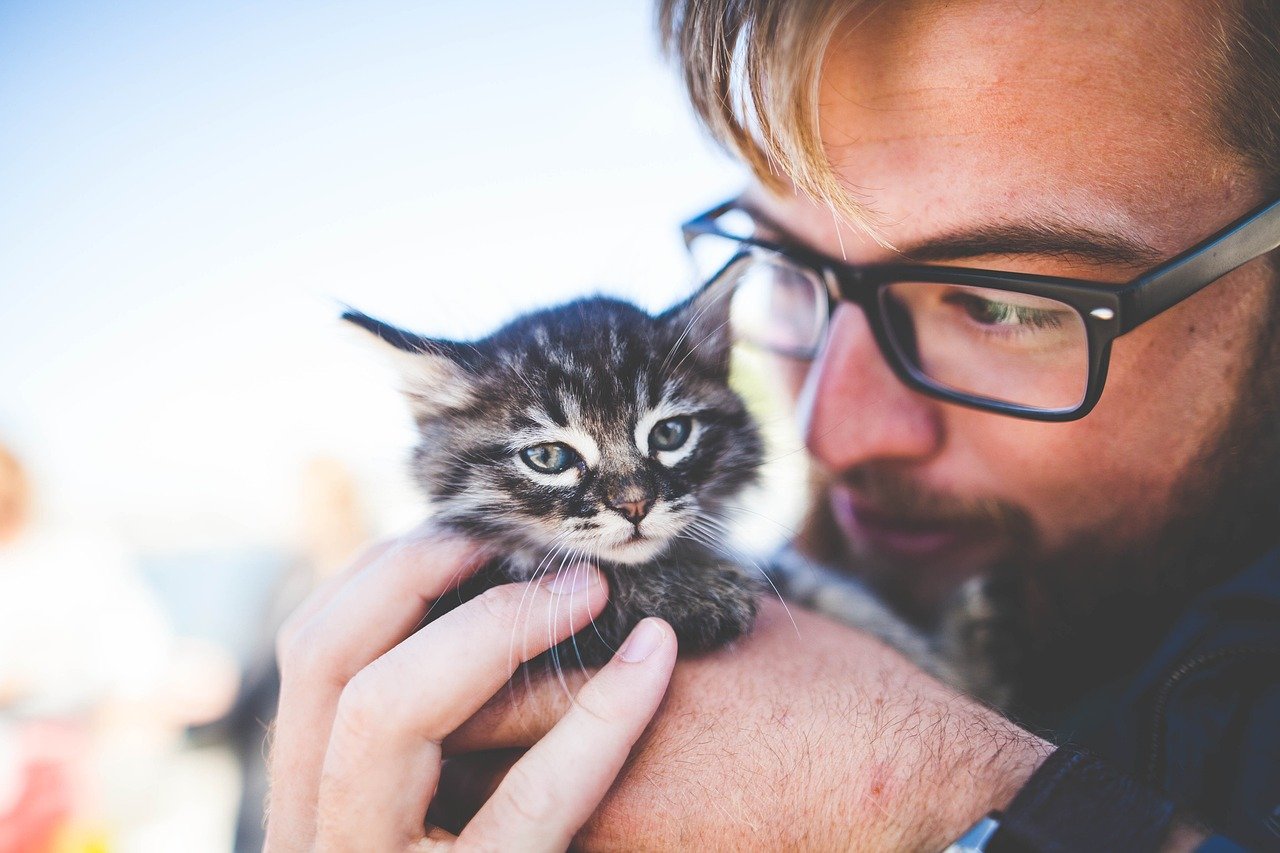
Many cat owners swear that their pets can sense when they are upset or unwell. Cats often curl up beside their humans during illness or sadness, offering silent comfort. This behavior suggests a form of empathy, where cats respond not just to attention, but to the emotional needs of their people. It’s a touching reminder that the bond between cats and humans can be deeply emotional. Feline empathy might not look the same as human empathy, but it’s a powerful force that brings comfort and companionship in difficult times.
Why Shy Cats Bond Differently
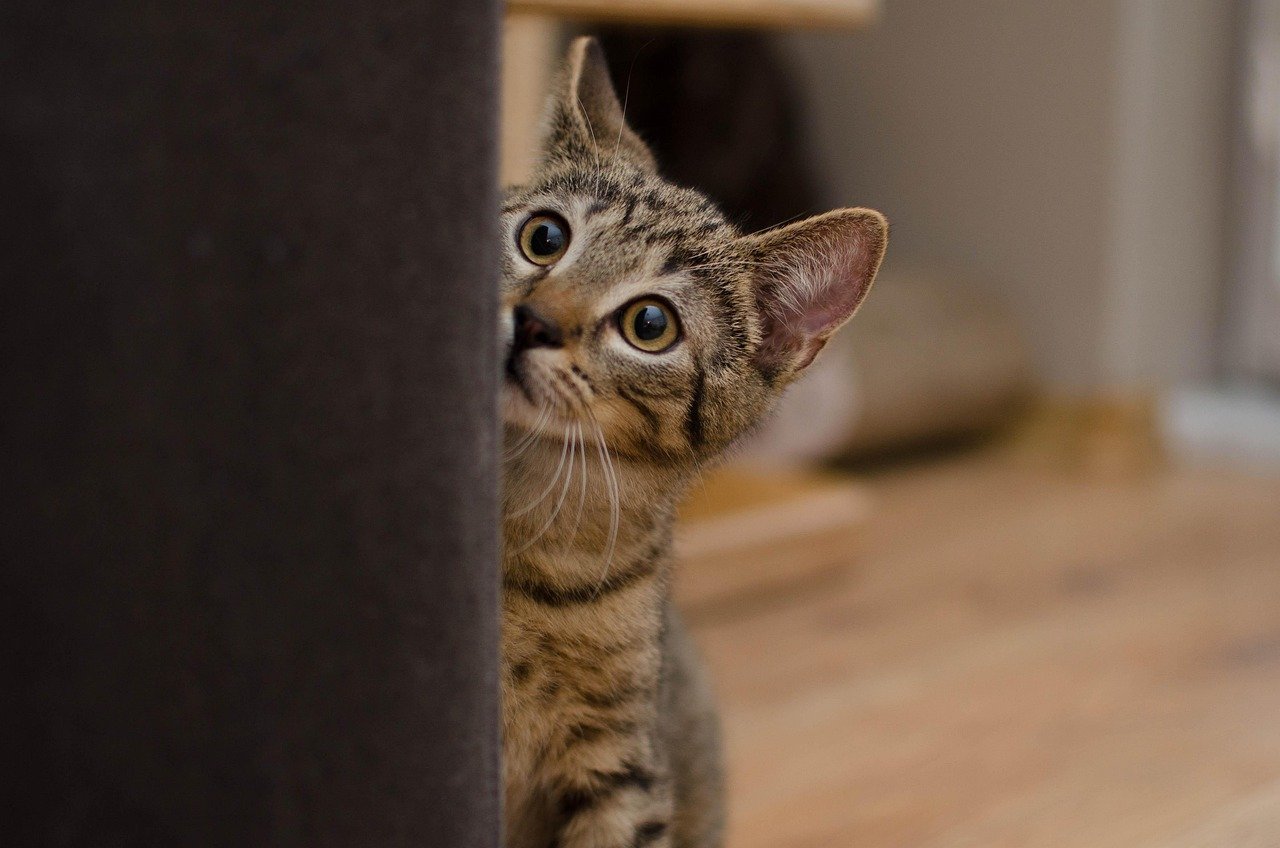
Shy or timid cats often form attachments in ways that are less obvious than their outgoing counterparts. They may not seek out attention, but will quietly follow their favorite person from room to room. These cats are especially sensitive to energy and are more likely to bond with calm, patient people. Building trust with a shy cat takes time and requires a gentle approach. When the bond finally forms, it is often incredibly strong and rewarding. This unique attachment style highlights the importance of patience and understanding in feline relationships.
Does Gender Matter in Feline Attachments?

Some studies suggest that cats may form attachments differently depending on the gender of the person they interact with. Factors like voice pitch, body language, and even scent can influence a cat’s preference. However, energy and emotional state seem to play a bigger role than gender alone. A gentle, relaxed man may be just as appealing to a cat as a calm, nurturing woman. It’s the overall feeling a person projects that matters most, rather than any specific biological trait.
Can You Change Your Energy to Attract Your Cat?

If you want to strengthen your bond with your cat, consider focusing on your own energy and emotional state. Simple changes—like speaking softly, moving slowly, and taking time to relax—can make you more approachable to your feline friend. Practicing mindfulness and managing stress not only benefits you, but also creates a more inviting environment for your cat. Over time, your pet may respond by becoming more affectionate and trusting. It’s a powerful reminder that the way we feel inside can shape the relationships we have with our pets.
Are Cats Healers Through Energy?

Many cat lovers believe that their pets have a healing presence, providing comfort just by being near. The gentle purr of a cat is known to have a calming effect, lowering stress and even blood pressure in humans. This soothing energy can be especially helpful during tough times, offering a sense of peace and reassurance. Whether or not cats are conscious of their healing abilities, their presence can make a world of difference. It’s no wonder that cats are cherished as emotional support animals by so many people.
Cats and the Power of Silent Companionship
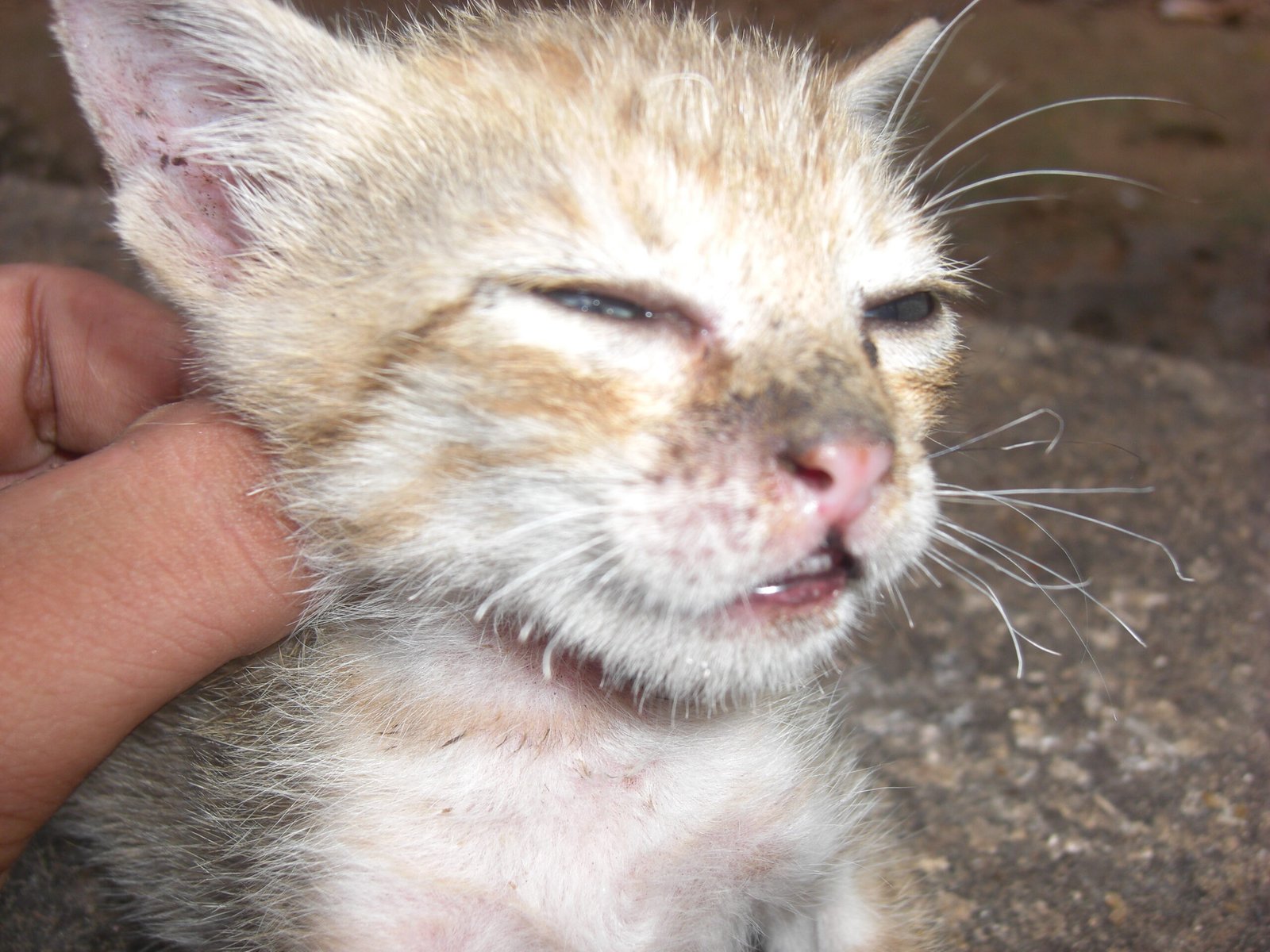
One of the most beautiful aspects of living with a cat is the quiet companionship they offer. Unlike dogs, who often demand constant attention, cats seem content to simply share space. Sitting quietly together, sharing a nap, or even just being in the same room can be deeply comforting. This silent companionship is often built on trust and a mutual understanding of each other’s energy. It’s a relationship that thrives on subtleties, where less is often more. For many cat owners, this gentle connection is the most rewarding part of feline companionship.
Creating a Positive Environment for Attachment
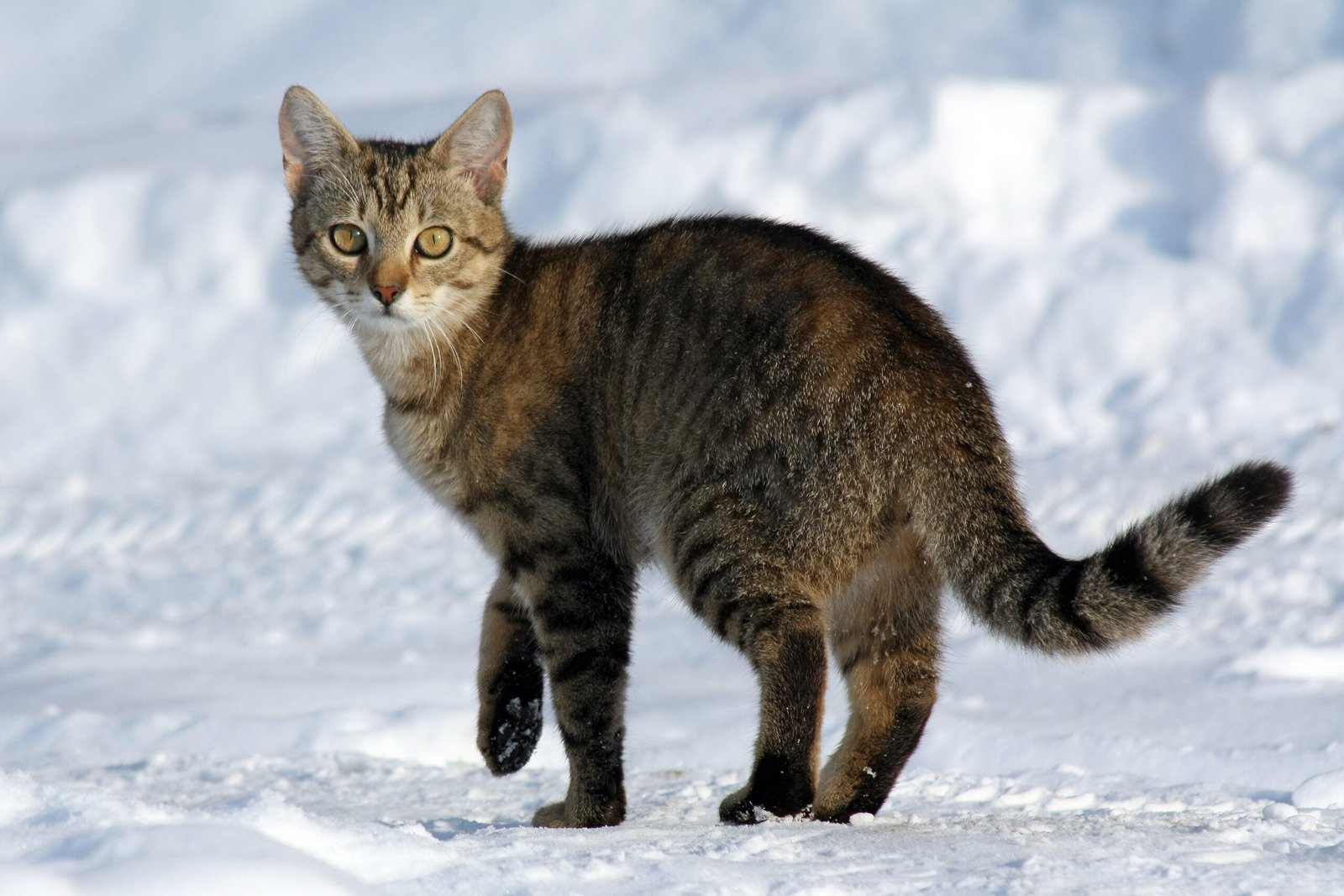
The best way to encourage strong attachments with your cat is to create a peaceful, predictable environment. This means minimizing loud noises, providing cozy resting spots, and maintaining a regular routine. Being mindful of your own mood and energy can also make a big difference. Cats are more likely to bond with people who make them feel safe and comfortable. Small gestures—like speaking gently, moving calmly, and respecting boundaries—can go a long way in building trust. With patience and care, you can create a home where your cat feels truly connected to you.
Final Thoughts: The Magic of Feline Bonds

The connections we share with our cats are complex, mysterious, and deeply emotional. While attention and affection certainly play a role, it’s often the energy we bring into our relationships that matters most. Cats are sensitive, intuitive creatures who seek out the people and places that make them feel safe and understood. The beauty of feline attachment lies in its subtlety and depth—a gentle presence, a shared moment of calm, or a comforting purr when we need it most. For those willing to listen and learn, the rewards are immeasurable.
Hi, I’m Bola, a passionate writer and creative strategist with a knack for crafting compelling content that educates, inspires, and connects. Over the years, I’ve honed my skills across various writing fields, including content creation, copywriting, online course development, and video scriptwriting.
When I’m not at my desk, you’ll find me exploring new ideas, reading books, or brainstorming creative ways to solve challenges. I believe that words have the power to transform, and I’m here to help you leverage that power for success.
Thanks for stopping by, Keep coming to this website to checkout new articles form me. You’d always love it!






